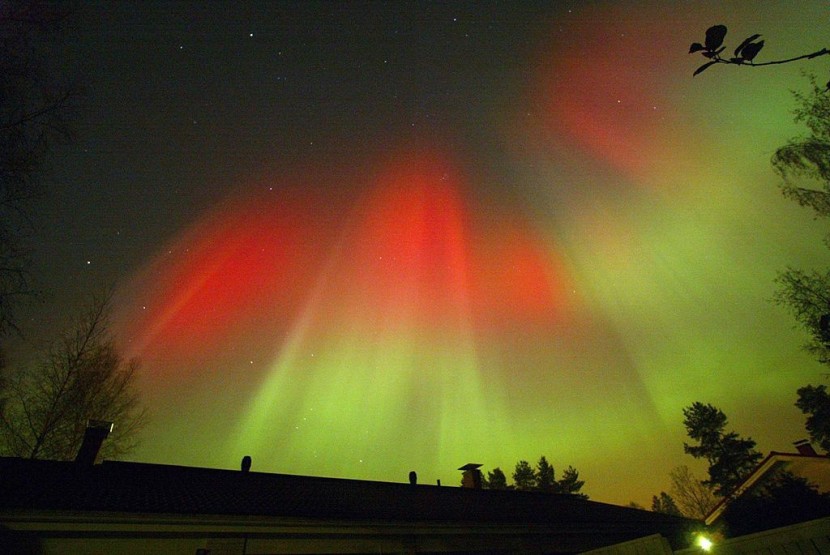
A strong solar storm headed toward Earth could produce an aurora borealis that may show up in the skies over a significant portion of the United States this weekend.
However, the stunning sky show also threatens to wreak havoc on cell service, cause blackouts, disrupt navigation systems and knock out high-frequency radios globally.
"Go out at night," advised the National Oceanic and Atmospheric Administration (NOAA). "And get away from city lights."
The National Oceanic and Atmospheric Administration issued a rare geomagnetic storm watch — the first in nearly 20 years, the Associated Press reported. The watch starts Friday and lasts all weekend.
The prime time to witness the most out of the northern lights typically falls within an hour or two of midnight, spanning from 10 p.m. to 2 a.m. local time.
As geomagnetic activity intensifies, the best viewing window tends to expand towards both evening and morning hours.
Set to unfold this weekend, the spectacle is courtesy of several coronal mass ejections (CMEs) from the sun trhat began Wednesday, resulting in five outbursts of plasma capable of disrupting satellites in orbit and power grids here on Earth and generate geomagnetic storms, which in turn could trigger auroras, according to USA Today.
Each eruption — known as a coronal mass ejection — can contain billions of tons of solar plasma.
Experts suggest the best chance for catching a glimpse of the aurora is on Friday, Saturday or Sunday night, while a G4 geomagnetic storm watch has been issued for Saturday, May 11.
"This weekend's geomagnetic storm watch has been upgraded from G2 (moderate) to G4 (severe)," explained astronomer Tony Phillips.
"Why? Because giant sunspot AR3664 keeps hurling CMEs toward Earth. Following today's X2.2 solar flare, there are now at least four storm clouds heading our way," Phillips said.
This is the first time since January 2005 that the U.S. Space Weather Prediction Center has issued a G4 geomagnetic storm watch, signaling multiple waves of solar energy approaching the planet and predicting five eruptions from the sun's atmosphere, according to The Financial Post.
"Watches at this level are very rare," the Space Weather Prediction Center said.
Earth's last experience with a G5 storm-the most severe on the scale-was in October 2003, causing power outages in Sweden and damaging transformers in South Africa.
The storm's true strength will be determined roughly 60 to 90 minutes before reaching Earth, as satellites measure incoming bursts of energy.









